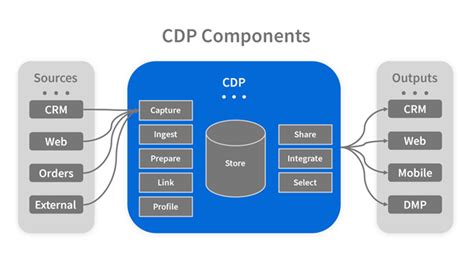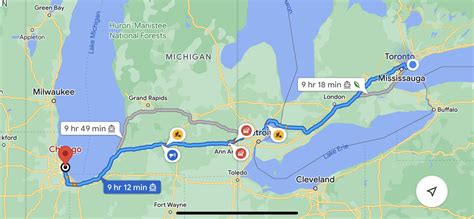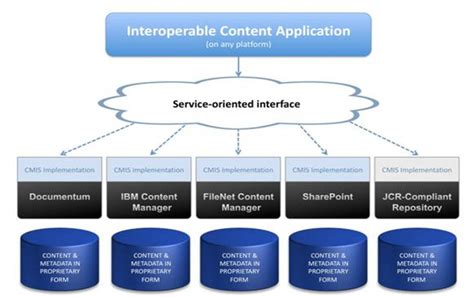The term Customer Data Platform (CDP) has become synonymous with the concept of unified customer data management. As businesses strive to deliver personalized experiences across multiple touchpoints, the importance of a well-designed CDP architecture cannot be overstated. In this article, we will delve into the intricacies of CDP architecture, exploring five distinct approaches that organizations can adopt to harness the full potential of their customer data.
Key Points
- CDP architecture is crucial for effective customer data management
- Five distinct CDP architecture approaches: centralized, decentralized, hybrid, cloud-based, and microservices-based
- Each approach has its strengths and weaknesses, and the choice of architecture depends on the organization's specific needs and goals
- A well-designed CDP architecture can enable personalized customer experiences, improved data governance, and enhanced business decision-making
- Organizations should consider factors such as scalability, flexibility, and data security when selecting a CDP architecture
1. Centralized CDP Architecture

A centralized CDP architecture involves the creation of a single, unified repository for customer data. This approach is characterized by a monolithic data warehouse that stores all customer information, which is then accessed and utilized by various applications and systems. The primary advantage of a centralized CDP architecture is its ability to provide a single, unified view of the customer, enabling organizations to deliver personalized experiences and improve customer engagement.
However, a centralized CDP architecture can also be inflexible and prone to data silos, making it challenging to integrate new data sources or applications. Furthermore, the reliance on a single repository can create a single point of failure, compromising data availability and security.
Benefits and Limitations of Centralized CDP Architecture
The benefits of a centralized CDP architecture include improved data governance, enhanced customer insights, and streamlined data management. However, the limitations of this approach include reduced flexibility, increased complexity, and higher costs. Organizations with simple data ecosystems and limited scalability requirements may find a centralized CDP architecture suitable, but those with complex data landscapes and high growth expectations may need to consider alternative approaches.
| CDP Architecture Approach | Benefits | Limitations |
|---|---|---|
| Centralized | Improved data governance, enhanced customer insights, streamlined data management | Reduced flexibility, increased complexity, higher costs |
| Decentralized | Increased flexibility, improved scalability, reduced costs | Compromised data governance, reduced customer insights, increased complexity |
| Hybrid | Balanced flexibility and data governance, improved scalability, reduced costs | Increased complexity, higher implementation costs, potential data silos |
| Cloud-based | Improved scalability, reduced costs, enhanced flexibility | Dependence on cloud infrastructure, potential data security risks, limited control |
| Microservices-based | Improved scalability, increased flexibility, reduced costs | Increased complexity, higher implementation costs, potential data silos |
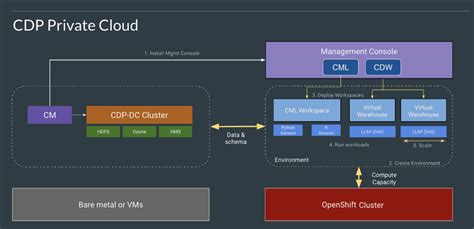
2. Decentralized CDP Architecture

A decentralized CDP architecture, on the other hand, involves the distribution of customer data across multiple repositories and systems. This approach is characterized by a federated data architecture, where customer data is stored and managed in a decentralized manner. The primary advantage of a decentralized CDP architecture is its ability to provide improved scalability and flexibility, enabling organizations to integrate new data sources and applications with ease.
However, a decentralized CDP architecture can also compromise data governance and customer insights, making it challenging to deliver personalized experiences and improve customer engagement. Furthermore, the lack of a single, unified repository can create data silos, reducing the accuracy and completeness of customer information.
Benefits and Limitations of Decentralized CDP Architecture
The benefits of a decentralized CDP architecture include improved scalability, increased flexibility, and reduced costs. However, the limitations of this approach include compromised data governance, reduced customer insights, and increased complexity. Organizations with complex data ecosystems and high growth expectations may find a decentralized CDP architecture suitable, but those with simple data landscapes and limited scalability requirements may need to consider alternative approaches.
3. Hybrid CDP Architecture
A hybrid CDP architecture combines the benefits of centralized and decentralized approaches, providing a balanced and flexible solution for customer data management. This approach is characterized by a hub-and-spoke architecture, where a central repository stores customer data, and multiple satellite systems integrate with the central hub. The primary advantage of a hybrid CDP architecture is its ability to provide improved scalability, flexibility, and data governance, enabling organizations to deliver personalized experiences and improve customer engagement.
However, a hybrid CDP architecture can also be complex and challenging to implement, requiring significant resources and expertise. Furthermore, the integration of multiple systems and repositories can create data silos, reducing the accuracy and completeness of customer information.
Benefits and Limitations of Hybrid CDP Architecture
The benefits of a hybrid CDP architecture include balanced flexibility and data governance, improved scalability, and reduced costs. However, the limitations of this approach include increased complexity, higher implementation costs, and potential data silos. Organizations with complex data ecosystems and high growth expectations may find a hybrid CDP architecture suitable, but those with simple data landscapes and limited scalability requirements may need to consider alternative approaches.
4. Cloud-based CDP Architecture
A cloud-based CDP architecture involves the deployment of customer data management solutions in the cloud, providing improved scalability, flexibility, and reduced costs. This approach is characterized by a cloud-native architecture, where customer data is stored and managed in a cloud-based environment. The primary advantage of a cloud-based CDP architecture is its ability to provide improved scalability, reduced costs, and enhanced flexibility, enabling organizations to deliver personalized experiences and improve customer engagement.
However, a cloud-based CDP architecture can also depend on cloud infrastructure, potentially compromising data security and control. Furthermore, the lack of visibility and control over cloud-based systems can reduce the accuracy and completeness of customer information.
Benefits and Limitations of Cloud-based CDP Architecture
The benefits of a cloud-based CDP architecture include improved scalability, reduced costs, and enhanced flexibility. However, the limitations of this approach include dependence on cloud infrastructure, potential data security risks, and limited control. Organizations with high growth expectations and limited resources may find a cloud-based CDP architecture suitable, but those with complex data ecosystems and high security requirements may need to consider alternative approaches.
5. Microservices-based CDP Architecture
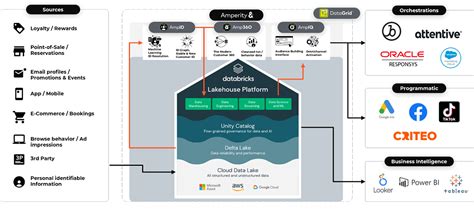
A microservices-based CDP architecture involves the deployment of customer data management solutions as a collection of independent services, providing improved scalability, flexibility, and reduced costs. This approach is characterized by a microservices architecture, where customer data is stored and managed in a decentralized manner. The primary advantage of a microservices-based CDP architecture is its ability to provide improved scalability, increased flexibility, and reduced costs, enabling organizations to deliver personalized experiences and improve customer engagement.
However, a microservices-based CDP architecture can also be complex and challenging to implement, requiring significant resources and expertise. Furthermore, the integration of multiple services and systems can create data silos, reducing the accuracy and completeness of customer information.
Benefits and Limitations of Microservices-based CDP Architecture
The benefits of a microservices-based CDP architecture include improved scalability, increased flexibility, and reduced costs. However, the limitations of this approach include increased complexity, higher implementation costs, and potential data silos. Organizations with complex data ecosystems and high growth expectations may find a microservices-based CDP architecture suitable, but those with simple data landscapes and limited scalability requirements may need to consider alternative approaches.
What is the primary advantage of a centralized CDP architecture?
+The primary advantage of a centralized CDP architecture is its ability to provide a single, unified view of the customer, enabling organizations to deliver personalized experiences and improve customer engagement.
What is the primary limitation of a decentralized CDP architecture?
+The primary limitation of a decentralized CDP architecture is its potential to compromise data governance and customer insights, making it challenging to deliver personalized experiences and improve customer engagement.
What is the primary benefit of a hybrid CDP architecture?
+The primary benefit of a hybrid CDP architecture is its ability to provide balanced flexibility and data governance, enabling organizations to deliver personalized experiences and improve customer engagement.
What is the primary limitation of a cloud-based CDP architecture?
+The primary limitation of a cloud-based CDP architecture is its dependence on cloud infrastructure, potentially compromising data security and control.
What is the primary benefit of a microservices-based CDP architecture?
+The primary benefit of a microservices-based CDP architecture is its ability to provide improved scalability, increased flexibility, and reduced costs, enabling organizations to deliver personalized experiences and improve customer engagement.
In conclusion, the choice of CDP architecture depends on the organization’s specific needs and goals. A well-designed CDP architecture can enable personalized customer experiences, improved data governance, and enhanced business decision-making. However, a poorly designed CDP architecture can compromise data security, reduce customer insights, and increase costs. By considering the benefits and limitations of each approach, organizations can select the most suitable CDP architecture for their needs and achieve their customer data management goals.
